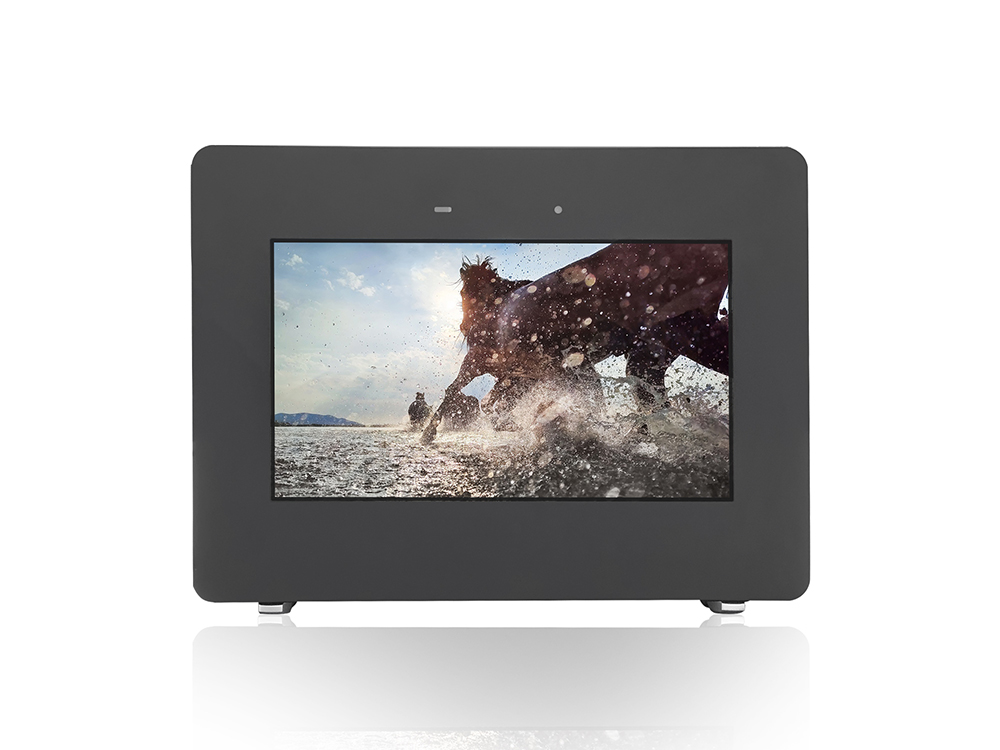
Digital Signage and Its Impact on Retail Sales.In the ever-evolving landscape of retail, staying ahead of the curve is paramount to success. One technological advancement that has significantly transformed the way retailers engage with customers is digital signage. This dynamic form of visual communication has become a cornerstone in modern marketing strategies, offering a myriad of benefits that extend beyond traditional static displays. By leveraging digital signage, retailers are not only enhancing the shopping experience but also boosting their sales and fostering brand loyalty.

The integration of digital signage into retail environments is a testament to the convergence of technology and marketing. Unlike static signs, digital displays can be updated in real-time, allowing retailers to adapt their messaging according to the time of day, seasonal promotions, or even specific customer demographics. This flexibility ensures that the content remains relevant and engaging, capturing the attention of shoppers and encouraging them to explore more within the store.
One of the primary ways digital signage impacts retail sales is through its ability to create immersive shopping experiences. High-definition displays, interactive touchscreens, and captivating video content can transform a mundane shopping trip into an exciting adventure. For instance, a fashion retailer can use digital mirrors to allow customers to virtually try on different outfits without physically changing clothes. This not only adds an element of fun but also increases the likelihood of impulse purchases as customers visualize themselves in various styles.
Moreover, digital signage facilitates targeted marketing efforts. By utilizing analytics and customer data, retailers can tailor their messages to specific segments of their audience. For example, a coffee shop might display promotions for iced coffee during hot summer afternoons or highlight seasonal drinks during holidays. This personalized approach resonates with customers, making them feel valued and understood. As a result, they are more likely to make a purchase and develop a positive association with the brand.
Another significant advantage of digital signage is its capacity to enhance product visibility and awareness. In a bustling retail environment, it can be challenging for products to stand out amidst the myriad of options. Digital displays, however, can showcase products in a visually appealing manner, highlighting their features and benefits. For instance, a tech store can use video demonstrations to show how a new gadget works, enticing tech-savvy shoppers to make a purchase. By bringing products to life, digital signage helps retailers communicate their value propositions more effectively.
Digital signage also plays a crucial role in wayfinding and store navigation. Large retail spaces can be overwhelming for customers, leading to frustration and missed sales opportunities. Digital directories and maps can guide shoppers to specific sections of the store, ensuring a seamless shopping experience. Additionally, these displays can showcase featured products or promotions along the way, further encouraging purchases. By making it easier for customers to find what they're looking for, retailers can increase customer satisfaction and loyalty.
The influence of digital signage extends beyond in-store experiences; it also contributes to omnichannel marketing strategies. In today's connected world, customers expect a consistent experience across all touchpoints, whether they're shopping online, through a mobile app, or in a physical store. Digital signage can bridge the gap between these channels by promoting online offers in-store and vice versa. For example, a retailer might display a QR code on a digital screen that customers can scan to access exclusive online deals. This integration fosters a seamless shopping journey, enhancing the overall customer experience.
Furthermore, digital signage enables retailers to gather valuable insights into customer behavior. By tracking interactions with digital displays, retailers can understand which content is most engaging, how long customers dwell on specific messages, and even their demographic information. These insights can inform future marketing strategies, allowing retailers to refine their offerings and better meet customer needs. For instance, if data shows that customers are particularly interested in eco-friendly products, the retailer can adjust their inventory and promotions accordingly.
In addition to its marketing benefits, digital signage can also improve operational efficiency. Digital displays can be used to communicate important information to staff, such as inventory levels, sales targets, or upcoming promotions. This ensures that everyone is on the same page, reducing miscommunication and enhancing productivity. Moreover, digital signage can automate routine tasks, such as updating prices or displaying store policies, freeing up staff to focus on providing excellent customer service.
The environmental benefits of digital signage should not be overlooked. Traditional signage often involves printing and replacing physical posters, which can be wasteful and costly. Digital displays, on the other hand, can be updated electronically, reducing paper usage and minimizing waste. This eco-friendly approach aligns with the growing consumer preference for sustainable practices, enhancing the retailer's reputation and appealing to environmentally conscious shoppers.
As the retail industry continues to evolve, digital signage will undoubtedly play an increasingly significant role. With advancements in technology, such as artificial intelligence and machine learning, retailers can expect even more sophisticated and personalized display solutions in the future. For instance, AI-driven analytics could enable retailers to predict customer preferences and adjust their digital content in real-time, further enhancing the shopping experience.
It's important to note that while digital signage offers numerous benefits, it should be implemented thoughtfully. Overusing digital displays or bombarding customers with too much information can be overwhelming and counterproductive. Retailers must strike a balance between engaging content and a seamless shopping experience, ensuring that digital signage complements the overall store environment rather than detracting from it.
In conclusion, digital signage has revolutionized the retail landscape, offering retailers a powerful tool to enhance the shopping experience, increase sales, and foster brand loyalty. By leveraging its dynamic and interactive nature, retailers can create immersive environments, personalize marketing efforts, and improve operational efficiency. As technology continues to advance, digital signage will undoubtedly become an even more integral part of retail strategies, shaping the future of how we shop and interact with brands.
Current article link: https://www.lcdkiosk.com/news/525.html

Tel
